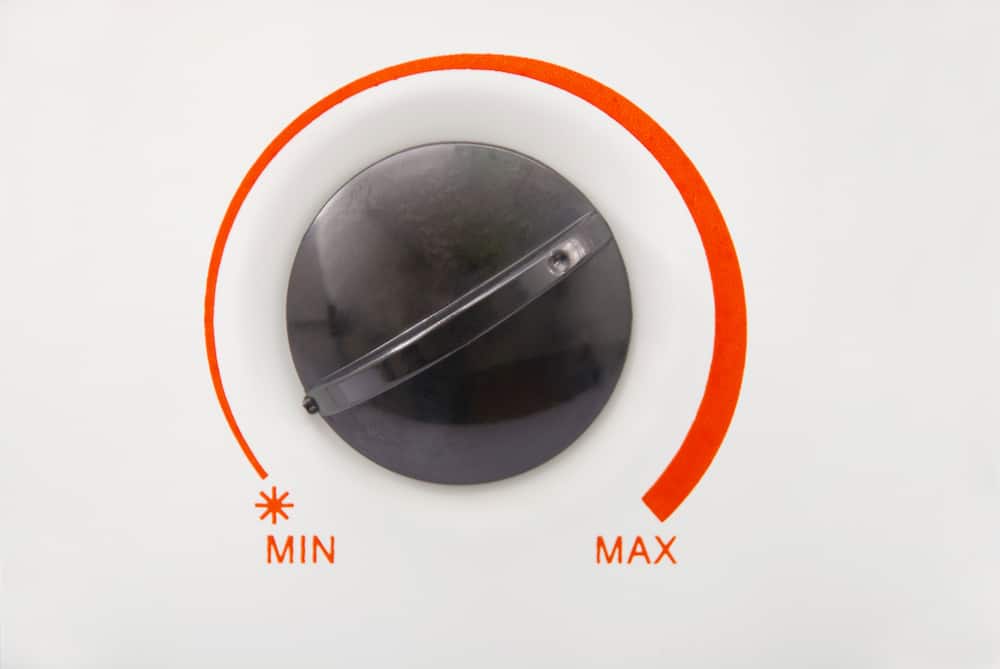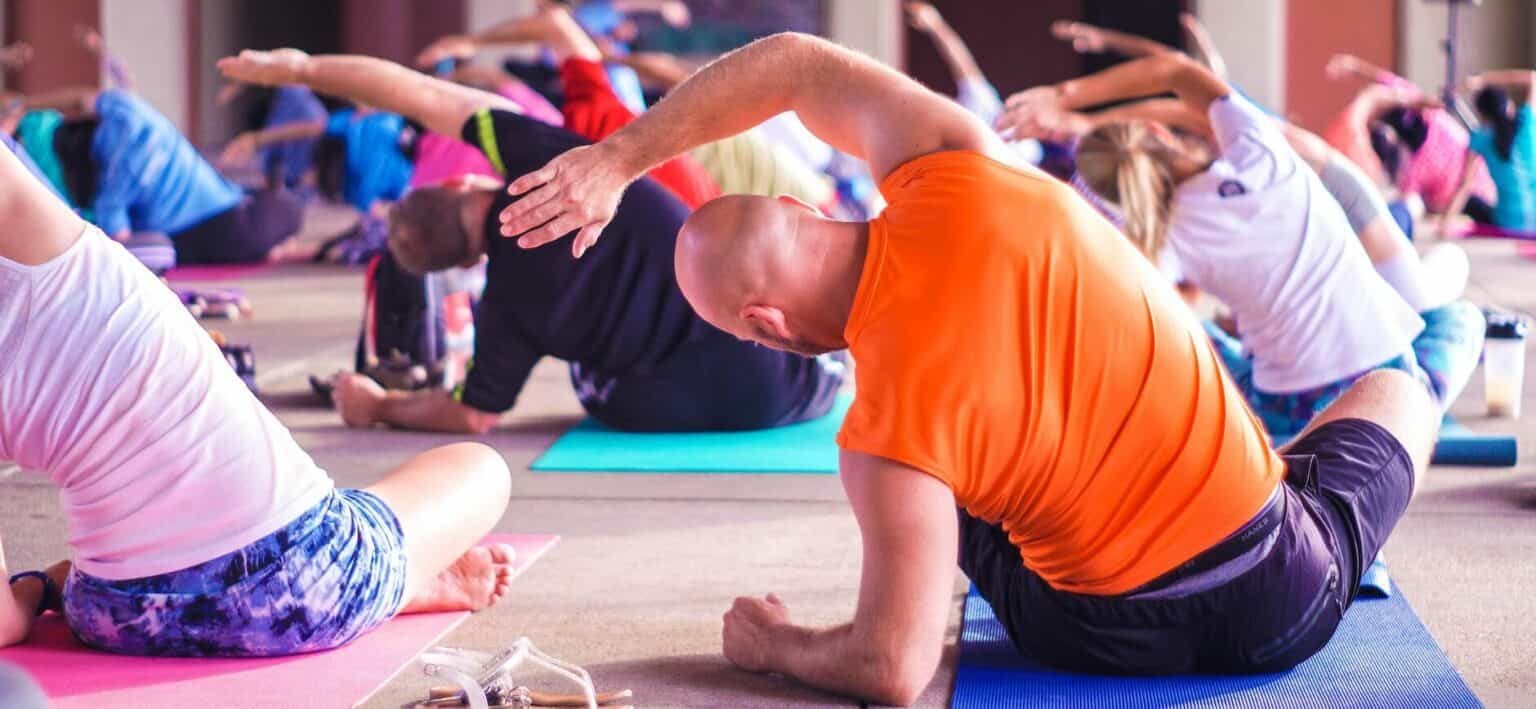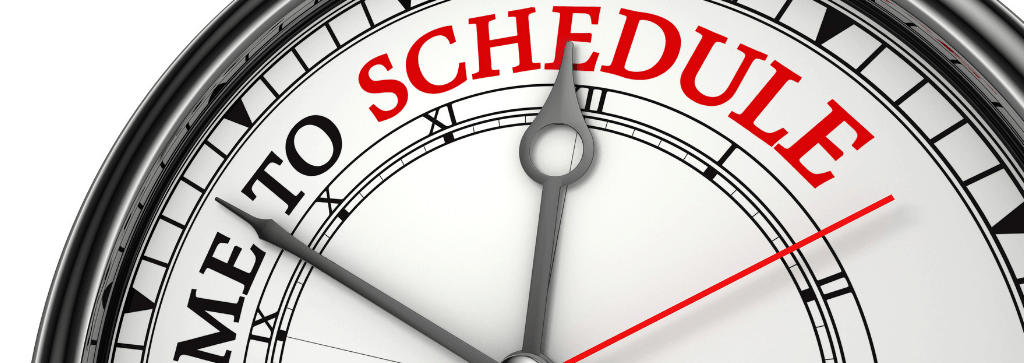This blog post by Jon Papas covers what he considers to be the biggest factors of a successful return to exercise post isolation … and for not hurting yourself in the attempt.
He gives you the tools to work your way back from the couch to enjoyable exercise (and not end up right back on the couch with a bonus limp and an ice pack).
If you are time poor, you can skip to the summary here.
More than a few of us have seen a decline in our physical health over the last couple of months.
We are seeing a spike in people come into the clinic complaining of the return of low back pain problems. These are problems that have been well controlled for years with a regular exercise routine that has been rudely interrupted by social isolation.
With the loosening of restrictions on fitness facilities and organised sport, many of us will start returning to or increasing our exercise.
So firstly, it seems right to issue a warning.
Warning!
There are going to be a million posts talking about post-isolation return to the gym.
Here’s a hot tip. Although the advice is quite valid, most of these posts are going to say some variation of the following:

- Start slow
- Keep it fun
- Keep it varied
- Make goals
- Be accountable
…. and buy my 4 week “Post-isolation” workout program.
And apart from the upsell at the end, the message is a quite a good one.
Rather than simply repeat this advice, I want to provide something more specific and practical to help with your own transition back to the gym or sport.
As someone who has slowed down over the past few months, for me it’s also about re-establishing a routine. A routine is a big part of what keeps me at my healthiest and happiest.
So over the coming weeks, I too will be doing my best to follow my own advice!
Starting with tip #1 …
1. Keep your return to exercise intensity in check
The golden phrase ‘start slow‘ is bandied about by pretty much every single blogger, guru and influencer on the planet. There’s definitely merit to it, but how do you make it less fluffy?
The problem is that ‘start slow‘ means different things to different people:
- Do I stroll for a week instead of power walk?
- Do I still lift that same weights but… slower?
- Do I jog laps of the footy field and tell the coach I’m not doing sprints this week?
Each of these questions are referring to ‘starting slow‘ but referring to speed. The intention behind ‘starting slow’ is actually quite different (and that last one will definitely annoy your footy coach).

‘Starting slow’ is about temporarily reducing or moderating the intensity of your exercise, and we can measure this in a few ways.
The simplest way is using the Rate of Perceived Exertion (Modified-RPE) Scale.
This is a 1 to 10 scale about how hard you feel you are working.
The Modified-RPE actually has a fair amount of power when it comes to predicting injury.
A person that feels they are working at a 9/10 is more likely to experience injury than a person that feels they are working at a 6/10.
To start with, aim for a maximum effort of 6/10 on the Modified-RPE.
This is described as, “breathing heavily, can hold a short conversation, still somewhat comfortable but becoming more challenging”.
There is another benefit to a moderate intensity. Read on …
2. A moderate intensity on return is easier to keep up long term
There are greater benefits to moderating your exercise intensity than just reducing risk of injury. And I feel this point warrants its own section.
There’s a lot of research that suggests that people are more likely to keep up low to moderate intensity exercise routines for longer periods than high intensity ones.
This may be due to the injury drop out but we also know it has to do with our perception of exercise.
Mentally, most of us are wired to more readily commit to something we know is going to be less difficult.
A pizza night on the couch is a much easier plan to follow than a hike and a picnic.
Are you someone that gets a burst of inspiration in times such as these, and rushes headfirst to the closest treadmill.
Do you seem to falter a month down the track?
If so, try something different – a more moderate intensity and find something you don’t mind getting up for.
Here is a blog that we posted last year on how to make a daily habit out of exercise with some great ideas if you need help to get started again.
If you don’t want to fall at the first hurdle, this next tip is really important too.
3. Don’t expect to start where you left off
Moderate your expectations, but also expect to progress quickly.
I’ve read my fair share of exercise posts in the past and very few of them acknowledge this next tip.
You are not going to be exactly where you were when you left off.
Your endurance, strength, agility, skill – they are all going to be diminished to some degree. Maybe a lot.
At your first exercise session, this piece of advice is going to seem like the most obvious thing in the world!
However, it is well worth considering this in advance. You will be less disappointed!
I’ve found that being mentally prepared for this and moderating my expectations before I start allows me to cope better.
I can laugh at how bad I actually am when I revisit a skill or activity I haven’t worked on in a while!
Expecting to be able to do exactly what you did before a rest period is a fantastic way to derail your return to exercise before it even starts.
However, there is good news!
We actually regain strength, skill and condition far quicker than if we are starting from square one.
Even if you started a new sport, or you have been exercising six months prior to isolation, those new skills are still going to be far easier to regain than they were the first time.
There are actually many different theories as to why that is and the argument genuinely makes my inner exercise geek tingle.

But the short version is, we do have some kind of ‘muscle memory’ (except it’s not really ‘memory’, it is muscle tissue adaptation and movement learning).
The longer you reinforce that muscle activity or movement pattern, the longer it takes to go away. And now we’re starting to discover that it may actually never go away!
I think that is pretty cool, and definitely worth remembering. And it should make you feel better!
Please don’t get discouraged if a reduced version of your previous workout feels more difficult than how it was when you did it last.
It’ll come back quickly, just don’t expect half marathons on day one. Speaking of half marathons …
4. Break it down to ease back in to your return to exercise
Focussing on smaller components is a great way to moderate.
A great way to reintroduce yourself to the world of exercise is breaking down your chosen activity into smaller, manageable parts.
Let’s look at an example of someone that would like to run long distances again.
Over a few weeks they could:
- go for a run/walk around the block
- go for a run around the block
- run around the footy oval
- add a few laps to the run around the footy oval
- start tracking your distance
- start doing distance and keeping an eye on time
This would be a great sequence to reintroduce themselves to running. Their knees and hips would be singing with praise rather than complaining bitterly.
However, for me, the urge is just too great! I just want to run as far as I can on day one. Even though I know that kind of sharp increase in effort is just an injury in the making!
My impatience has often been my downfall. I have learnt that I fare much better by starting with smaller ‘accessory’ work.
What do I mean by accessory work?
It’s stuff I’m not as good at, things I have to take it slower but that helps my overall performance.
To illustrate the idea of ‘accessory work, let’s use the distance runner as an example.
To make running as efficient as possible, the runner would perform better with increased leg strength, increased core strength, and increased knee and hip control.
Starting an exercise routine that targets these areas would be a fantastic way to moderate their return and side step the temptation to just jump straight back in.
Break it down.
5. Large fluctuations significantly increase your injury risk
Leaps and bounds make for sprained ankles
Going from six weeks on the couch to regular gym work increases your risk of injury.
Going from a bit of light jogging to full football training increases your risk of injury.
Unfortunately, the concept of ‘large fluctuation’ is very subjective and dependant on many factors, for example:
• how long it has been since you last exercised at all
• how long since you’ve performed this specific form of exercise
• your age
• ‘training age’
• previous history of injury
Harry, the 19 year old SANFL footy player, can do 2 hours of beach sprints on his first training post isolation and be completely fine. Could probably do it again that arvo.
Barry, the 48 year old that dreads the stairs at work, may need to start with a 30 minute walk along the footpath (while shaking his head at Harry).
It is really difficult to give specific advice on increasing training effort without considering the individual – there are lots of variables.
The best advice I can give you is this – take longer than you think you need. That goes for all age groups and skill levels.
There is no harm, absolutely none at all, in finding your 4-6 out of 10 modified RPE and adding 5% per week until you’re back at your previous capacity.
However, there is potential for injury and much unhappiness if you dive in headfirst.
And what do you do if you still aren’t sure?
6. Ask for advice if you’re not sure
So you’ve read this article, you’ve locked in your exercise buddy.
You get to the nearby park and think, “Great! Start slow…. so what am I meant to be doing?”
Don’t be afraid to ask for professional help with getting started again.
Ask someone you trust to help build a routine that works for you. That could be a fitness coach, exercise physiologist or physio. Whoever you are most comfortable with.
If you need advice about return to exercise post injury, we would suggest getting the professional help of a physio, who has a complete understanding of injury pathology.
Regardless of who you choose, the professional accountability might be the thing you need to help you stay on track. Accountability is powerful!
7. Buy my post iso workout programme
Kidding. I promise I’m kidding.
Summary on a successful return to exercise
It is exciting to get back to ‘normality’ with exercise, gyms, and organised sport. It is also very important to know how to restart. The aim of this blog is to give you the knowledge so that you restart successfully without injury.
Just follow these pointers and you will do fine:
- Monitor and moderate your exercise intensity: maximum of 6/10 for modified rate of perceived exertion for the first few sessions.
- A moderate intensity exercise is much easier to make continue with and make habitual.
- Think ahead – be realistic with your expectations, but also expect to progress quickly.
- Focusing on smaller parts is a great way to moderate your intensity and prevent overdoing it early on
- Large fluctuations in effort significantly increase your injury risk
- Ask someone how to do all of this – don’t be afraid to ask for advice
If you need help or you would like to check your plan of attack, give us a call!
Get a FREE 15 minute phone consult with me – just ring 8356 1000 and ask to make a time with Jon. I can speak with you about any of the information discussed here, or any other injury issues that are bothering you.
We also have a selection of exercise groups depending on what you need. Click here to view the different options!














